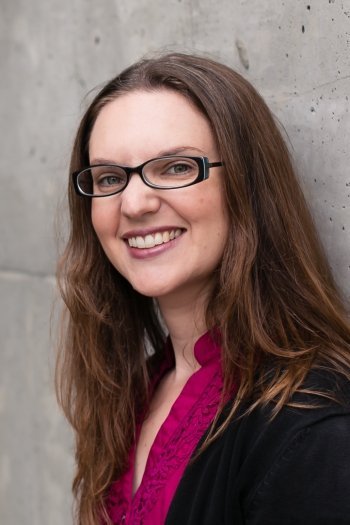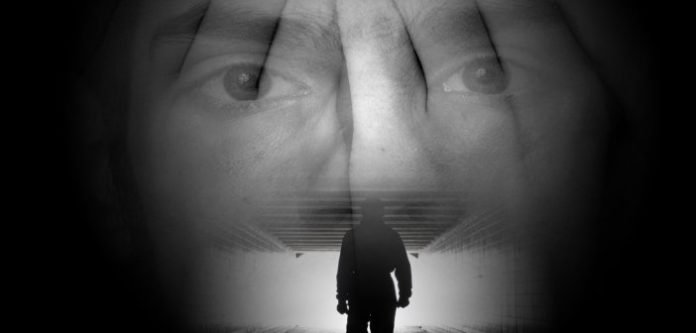Mention Crime and Punishment and it usually conjures images of a weighty tome that many high school students have been forced to read over the years. In Marilyn Campbell and Curt Columbus’s stage adaptation though, about to get a workout as part of Pacific Theatre’s summer Playground Series, the original 650+ page text has been condensed into a fifty-one page, one-act script that plays out in just 90 minutes.
[pullquote] “I was stunned at how compelling, how taut and how fluid it was.” – Crime and Punishment director Kate Muchmore[/pullquote]A script that director Kate Muchmore has wanted to tackle after having seen a production several years ago, it was in the ability of the playwrights to distill the story to its absolute essence that drew her to the adaptation: “I was stunned at how compelling, how taut and how fluid it was,” she says.
Set in St Petersburg during the mid-nineteenth century, Crime and Punishment revolves around Raskolnikov, who as an impoverished student kills an unscrupulous pawnbroker, arguing that he can use her wealth to perform good deeds which would both counterbalance the crime and rid the world of someone of her ilk. His belief that murder is permissible in pursuit of a higher purpose is undermined by a growing paranoia that isolates him and, with no evidence to convict him, his confession becomes an act of redemption.
Not content to just reduce the novel to a more manageable length for the stage, the playwrights have also scaled back Dostoyevsky’s literary classic to just three actors taking on the main roles of the protagonist Raskolnikov, the prostitute Sonia and the detective Porfiry, as well as a number of other smaller roles.

The fluidity that Muchmore found so compelling is helped by concentrating the story on Dostoyevsky’s central theme of forgiveness, and while the trio of actors do take on additional characters from the novel, it is through these main three that the play explores that central idea.
But don’t refer to this adaptation as some sort of Coles Notes, or CliffsNotes as the American Muchmore prefers, version of Dostoyevsky’s novel.
“There is a lot that happens in the book that doesn’t happen in the play,” says Muchmore. “The play explores Raskolnikov’s search for absolution from the crime he has committed and the two other characters from the book have the most influence on that search.”
For Muchmore that principal quest and the key questions that Raskolnikov must grapple remain timeless, including one question that man has asked for centuries: in a world where such horrible things can happen, does god exist?
Don’t look to the playwrights to wrap everything up nicely though: “It doesn’t provide the answers, it just asks the questions,” concludes Muchmore.
Crime and Punishment plays the Pacific Theatre (1440 West 12th Avenue) from June 26-28. Visit https://pacifictheatre.org for tickets and information.

